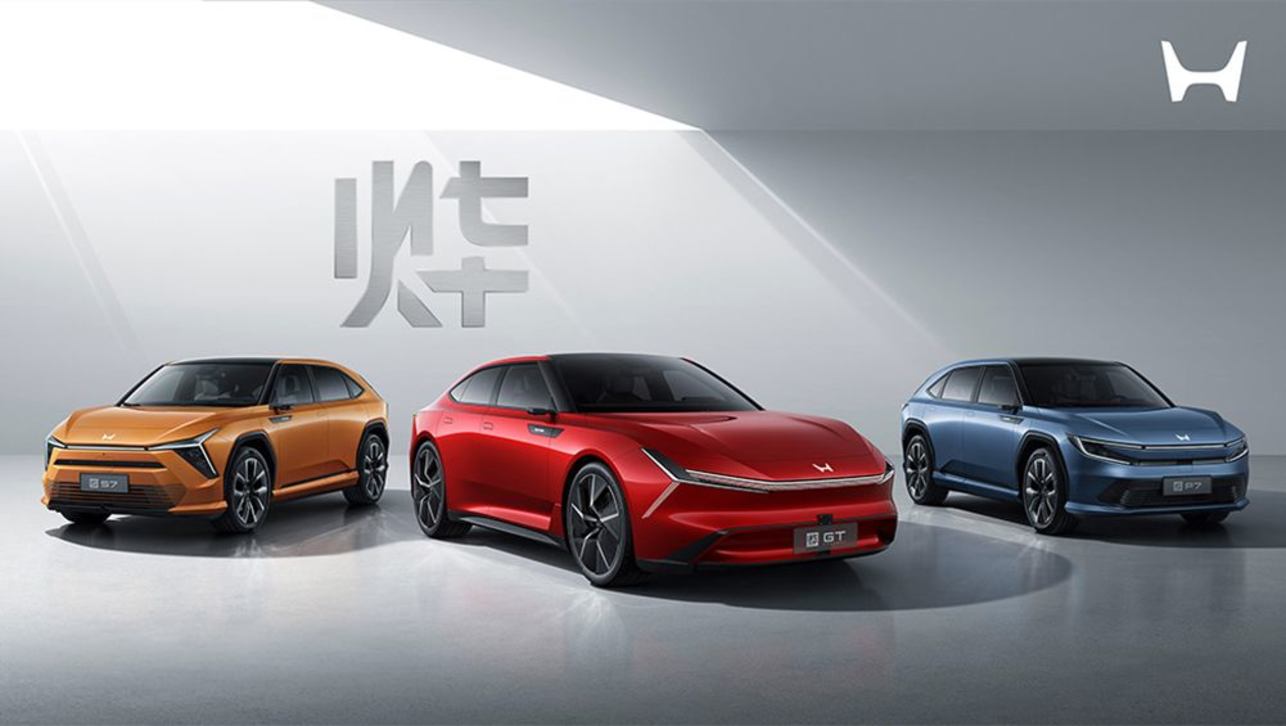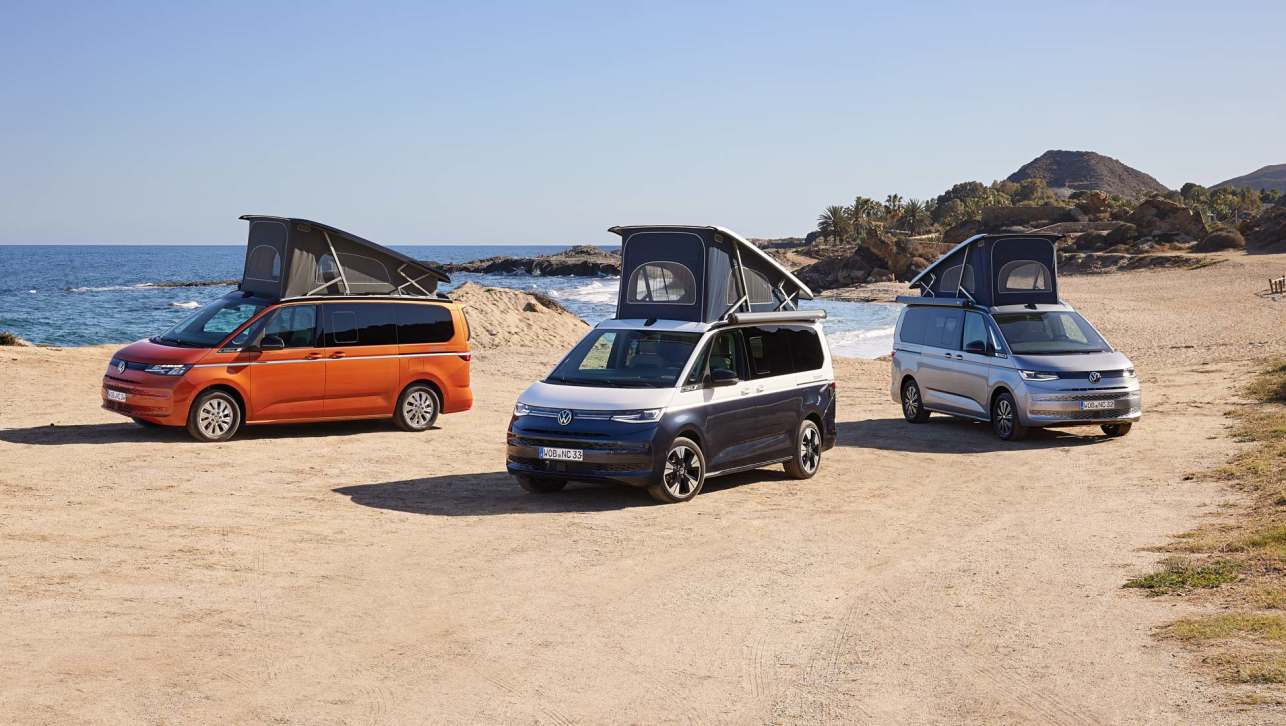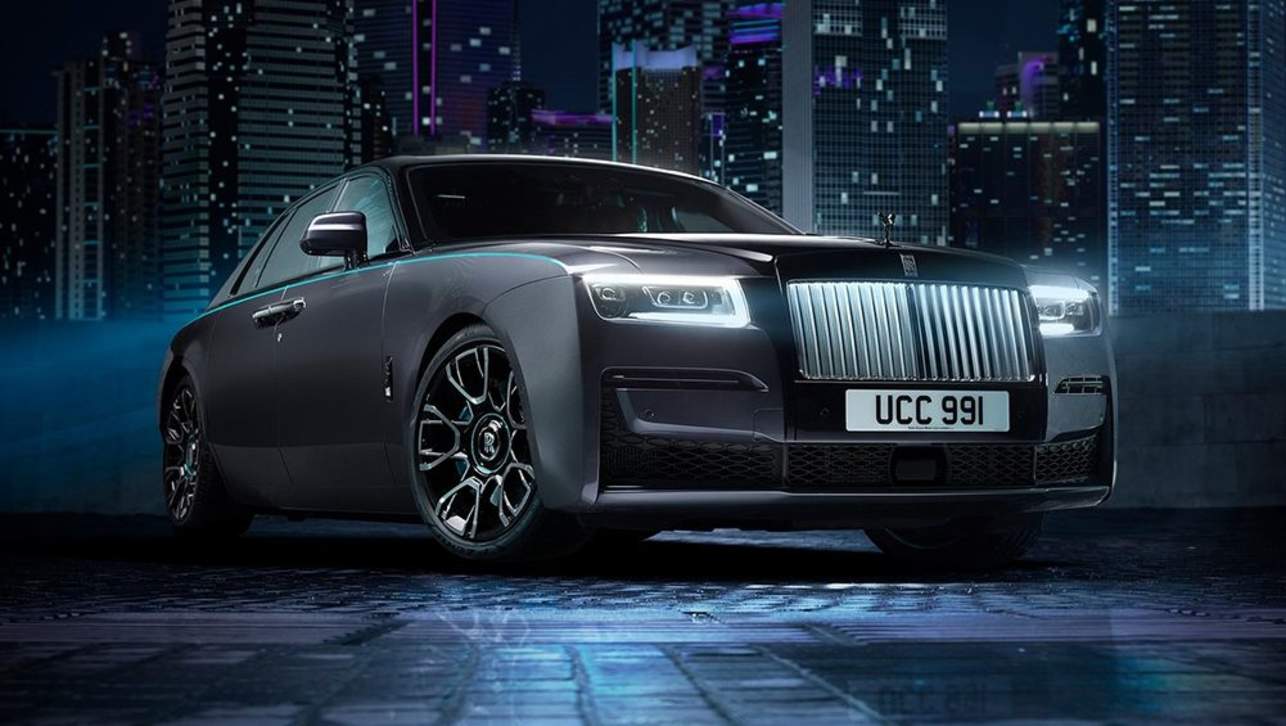There's a future for Australian manufacturers, and the secret may lie in Germany. Paul Gilder reports.
Deep in the mechanised heart of one of the world's leading examples of advanced manufacturing - the BMW plant in Munich - is a tiny but significant symbol of Australian ingenuity.
Amid the 1200-odd Kuka robots collaborating in a symphony of whirrs and clicks sits a buffing machine dusting down the car shells for their final coats of paint.
The duster? Emu feathers.
BMW sources their emu feathers not from imports down under, but their own farm in Bavaria
The German carmaker swears by the particle-removal abilities of the Aussie native.
Yet just as quickly as the national pride begins to swell comes the revelation that BMW sources their emu feathers not from imports down under, but their own farm in Bavaria. That's German manufacturing to a T - identify world's best practice then incorporate the process in the most efficient possible way.
Added up with all the other productivity measures, it means the plant can produce a staggering 240,000 cars a year.
It handles 600 tonnes of steel a day, all on just 500,000sqm of surface area, or 25 times the surface of the MCG. Given one car to work on, BMW will present it to you within 40 hours.
Time is the most precious asset in highly automated manufacturing. The various 3 Series Tourers and 4 Series Coupes at Munich are made to order, applying a "just-in-time" methodology.
The cars don't sit around waiting to be distributed; two-thirds are shipped by rail directly from the plant, the rest by trucks, although eager buyers will pick up their model from the factory.
As the flagbearer for advanced manufacturing, Germany could be forgiven for simply wishing to drive home its natural advantages and stay a step ahead of international competitors; after all, as they say these days, manufacturing is "in our DNA". Instead, it's eager to amass a host of global followers.
That much was clear at the annual Hannover Messe, the world's premier expo for industrial technology held last month. The fair is a breathtaking example of Industry 4.0, a German Government initiative to support factory digitisation and its interaction with the virtual sphere.
It's important enough to warrant a visit from German Chancellor Angela Merkel accompanied by Narendra Modi, who, as the Prime Minister of India, leads an emerging player in the industrialised world.
One of the prevailing themes from Hannover is the advancement of "big data". This gives managers the ability to measure and analyse processes on the factory floor, be they as simple as who pressed an on-off switch and when, or the number of failed results from a prescribed amount of product tests.
Ralf-Michael Franke, the chief executive of German manufacturer Siemens' factory automation division, says manufacturers can play a part in the new global supply chain but first have to willingly commit the funds to integrate the new technology.
In many cases, that means devoting 2 per cent of annual revenue to the constant upgrading of factory technology and committing to a two to three-year integration and staff training processes just to make the starting line.
"Digitalisation is definitely starting in disparate industries, such as aerospace, car manufacturing and electronics. These are the ones most under pressure to make that happen," Mr Franke says.
"Process industries, such as chemicals, pharmaceuticals and mining are coming a little bit later, so Australia has a little more time to get on board." Mr Franke said the ethos of the new factory - certainly from a German point of view - is to derive more productivity out of the workforce without having to resort to widespread job cuts.
At Siemens' Amberg factory, an electronics manufacturing plant that epitomises the technology at the heart of Industry 4.0, the workforce has been maintained at about 1200 people for the past 25 years, but now produces eight times as much as in 1990.
Every second, a product rolls off the conveyor belt at Amberg, Mr Franke says. Despite ceding the repetitive work to robots, workers at Amberg still have an edge on their mechanised colleagues, he says. "The machines will deliver big data but changing big data into smart data is still what the brain has to do, and for that you need people."
John Pollaers, chairman of the Australian Advanced Manufacturing Council and former chief executive of Foster's and Pacific Brands, says the concept of advanced manufacturing is still being defined in Australia.
"Eighteen months ago, government really didn't know what advanced manufacturing is," he says. "Now there's an understanding that it's not just a sector, it's also a series of capabilities that need to be built into the workforce."
Mr Pollaers says Australian businesses needed to grasp the distinction between advanced and traditional manufacturing and invest in the appropriate technology infrastructure in order to participate.
To some extent, that means shelving parochialism for pragmatism: Australia can contribute to the global supply chain, but it can't form the whole supply chain, he says.
"It's clear to us now that 75-85 per cent of global trade is conducted through global multinationals.
"The opportunity for Australian business really is in the way in which it engages in the global supply chains of these businesses.
"The days of doing country-to-country delegations are over. Now it's a case of country-to-company."
He says Australia boasts about 35,000 manufacturers but only 10,000 that actively export. Just 2500 are at an advanced stage and internationally competitive.
Victoria's stake here is crucial; it's home to more than 25,000 manufacturers, more than 300,000 workers and the sector generates more than $15 billion in annual exports - a key cog in the state economy. The state recognises that it's playing a unnerving game of catch-up.
Yes, the big carmakers Holden, Ford and Toyota will cease local operations by 2017, but in their wake a new wave of leaner, technologically equipped and highly skilled niche operators will need to be nurtured. More than 95 per cent of Victoria's manufacturers are SMEs with annual turnover of less than $5 million. For Mr Pollaers, that's where the focus needs to shift.
Government agencies such as Austrade, he says, need to think less about dealing with other government operatives and become more 'commercially oriented", serving as an intermediary between the industry's eager but largely underdeveloped SMEs and the big players.
On the home front, Mr Pollaers says the nation's iron ore resources and rare metals can be a drawcard to attract multinationals to conduct downstream processing in Australia, especially in additive manufacturing, also known as 3D printing.
"Companies are willing to invest, but they need partners in Australia," Mr Pollaers says.
Aerospace giant Lockheed Martin has done just that, enlisting ASX-listed Quickstep to build carbon fibre wing flaps for the C-130J Super Hercules military transport aircraft at the local manufacturer's Bankstown Airport plant in Sydney.
Quickstep is completing its second purchase order, valued at $US9.8 million, in which it will supply 48 wing flaps, each including more than 200 individual parts.
Mr Pollaers says the Industry 4.0 movement in Germany gives Australia a "way in" to the world's more advanced markets.
"If you use some of the global tools that are being developed under the heading of 4.0, then you can do everything from the concept development, through the design phase, through simulation and testing of that design, through to manufacturing, planning and final manufacture.
"You can work in a collaborative environment with designers and engineers across multiple locations. Once the design is complete, just download it to the machine and the product is produced.
"We could be developing a component for a product in Australia that meets the global need of a company like Siemens, or Boeing, or GE, any of them.
"You can therefore become a specialist in a particular component part and it will be integrated into the entire system. That is new thinking." And it's thinking that will help keep Australia's manufacturing industry from becoming just another emu feather duster.



.jpg)
.jpg)


.jpg)
.jpg)








.jpg)

.jpg)

.jpg)




.jpg)
Comments